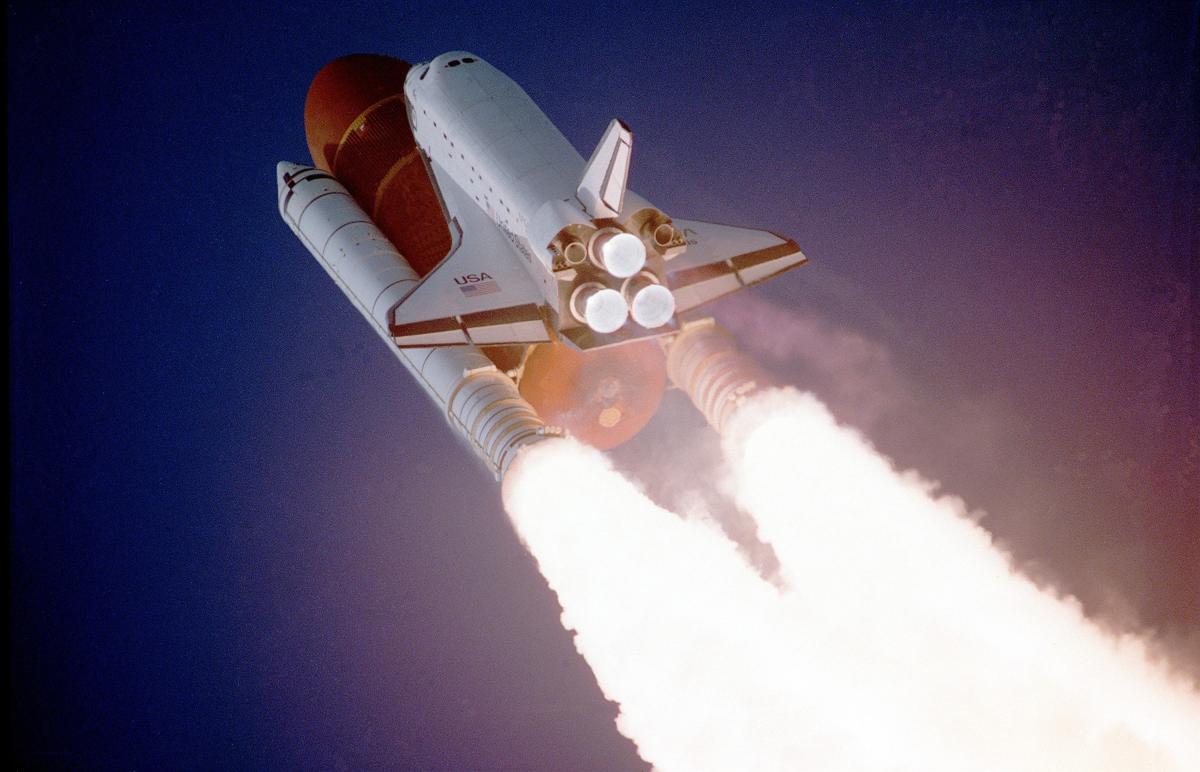
Paper Roller Coaster
In groups students will construct a roller coaster made completely out of paper that a marble can travel on. The goal is to have the "ride" last for a longer time than other and be able to explain the point in the ride were potential and kinetic energy are at.
Materials: Foam or cardboard base should be about 18-20in by 24-30in, cardstock paper (110lb is best), Tape (lots of it), paper cutter, scissors , tape rolls for shaping loops & corkscrews, marbles
Agenda:
Day 1: Introduce lesson and guidelines, introduce the real world connection and have students compare it to what they have to create.
Day 2: Introduce the different parts of a roller coaster, show videos that demonstrate how to build them, teams need to discuss and design a scale model of their roller coaster.
Day 3-10: Teams build and test their roller coaster, make corrections and change design as needed. At the end they will present and demonstrate their roller coaster to the class.
Lesson Plan Link/URL
https://docs.google.com/presentation/d/1gWqJ1D-HWvLFRFtDL_juDNR7NnanB5wd/edit?u…Subject Area
Science Physical Science P4: Energy Transfer Engineering S2: Apply the Engineering Design Process S3: Apply Mathematics to Engineering S4: Apply Science to Engineering S7: Apply Project Management to Engineering Mathematics Geometry (G)Related Content

Students will expand their knowledge of Newton's laws while building, launching and changing the design of paper rockets. This design and modeling exercise by JPL/NASA starts students off with a

In this lesson, students will apply their knowledge from the prior day's lesson (Magnetic Marble Run Newton's Laws of Motion Day 1), to complete an Advanced Build of a Magnetic Marble Run. This lesson

How can we design and engineer sports venues of the future that practice sustainability? According to the Green Sports Alliance, 17% of the world's population follows science but about 80% follow